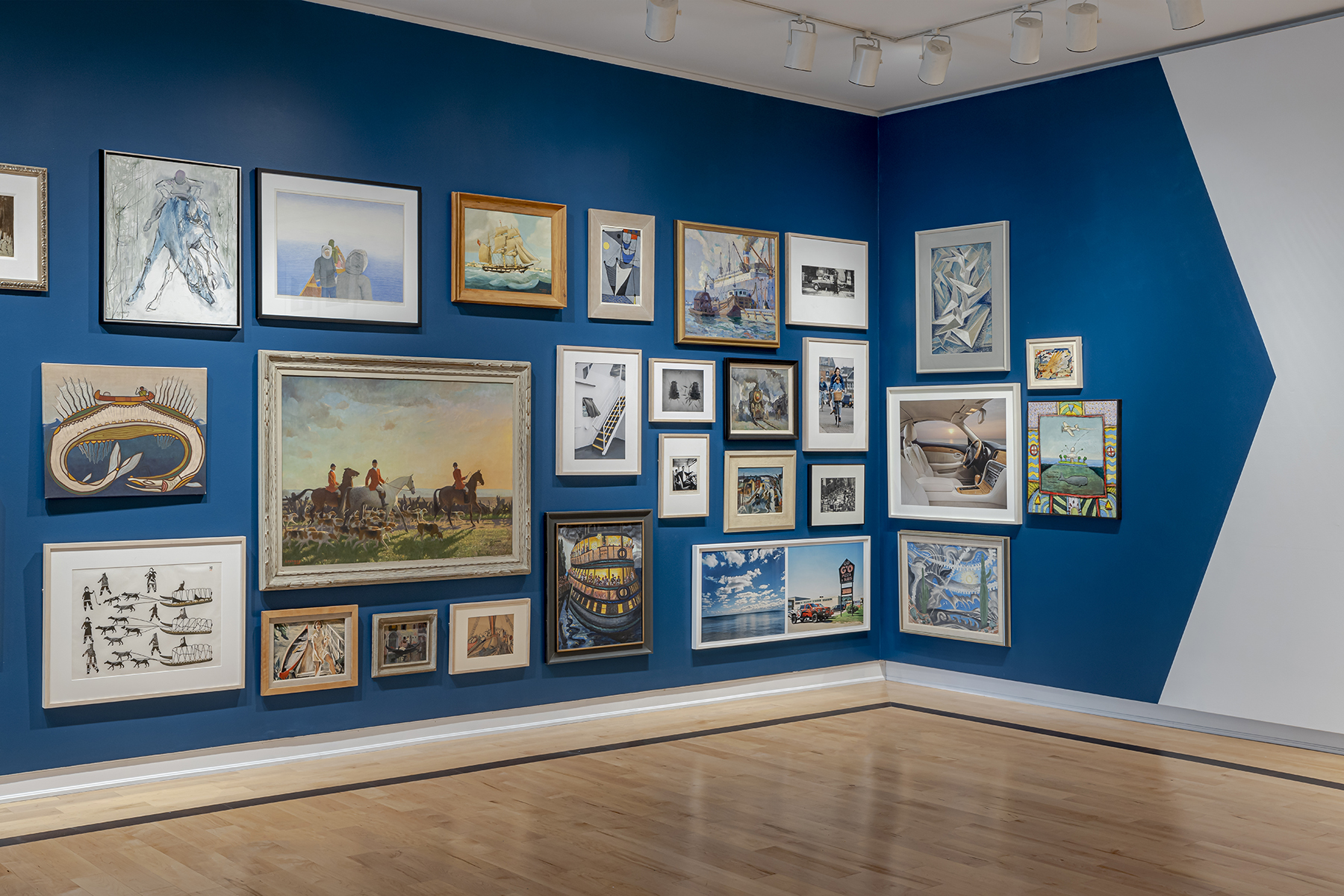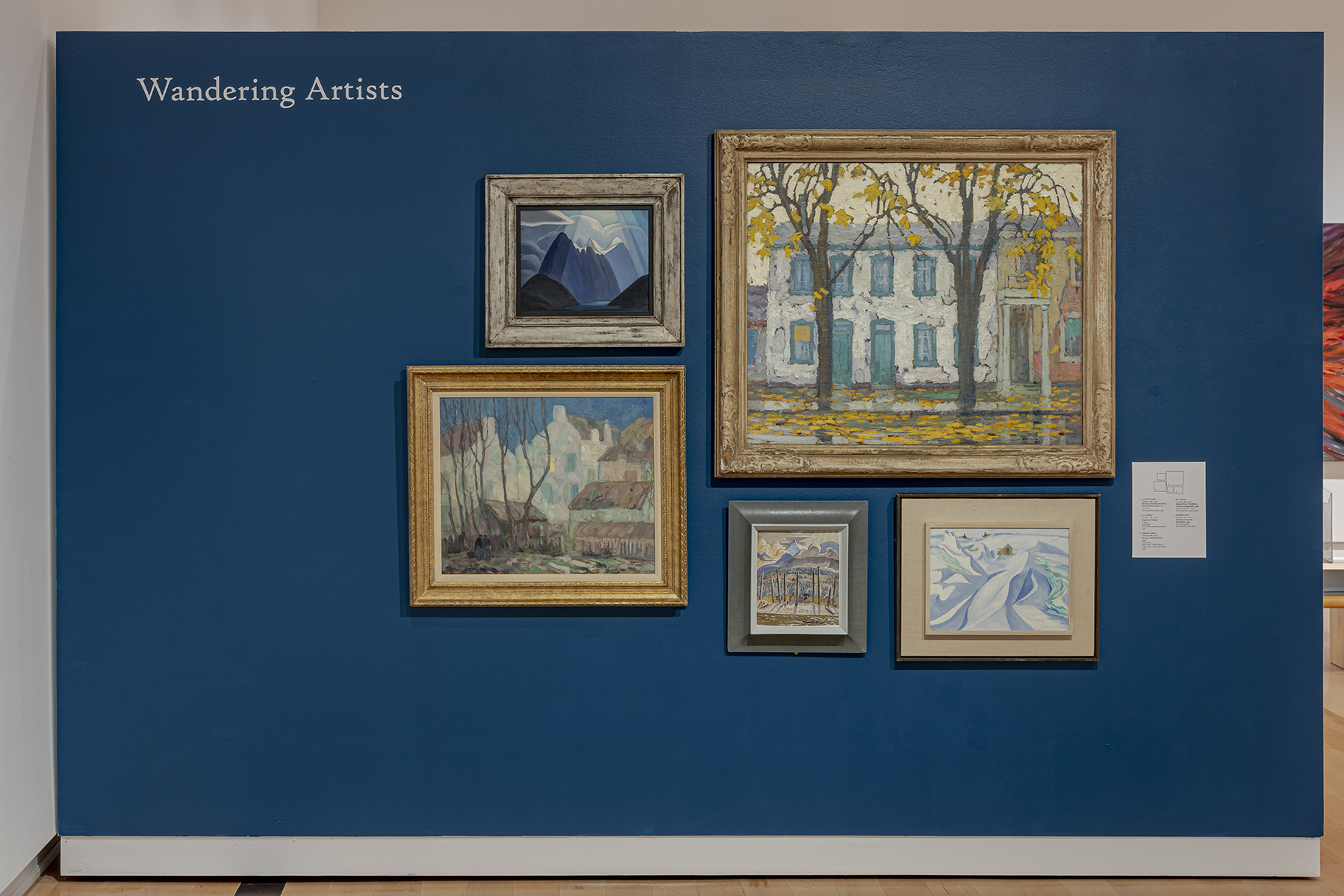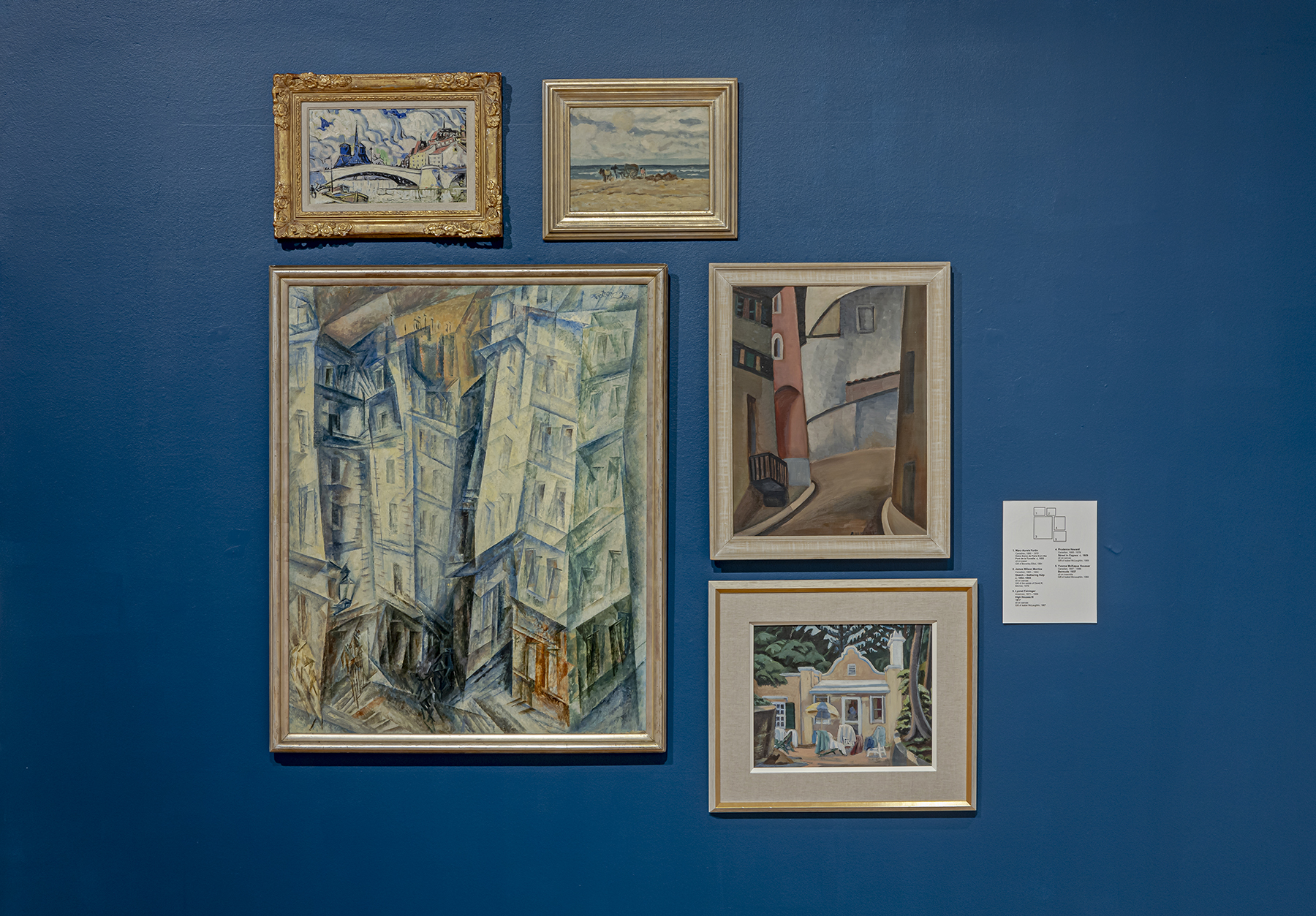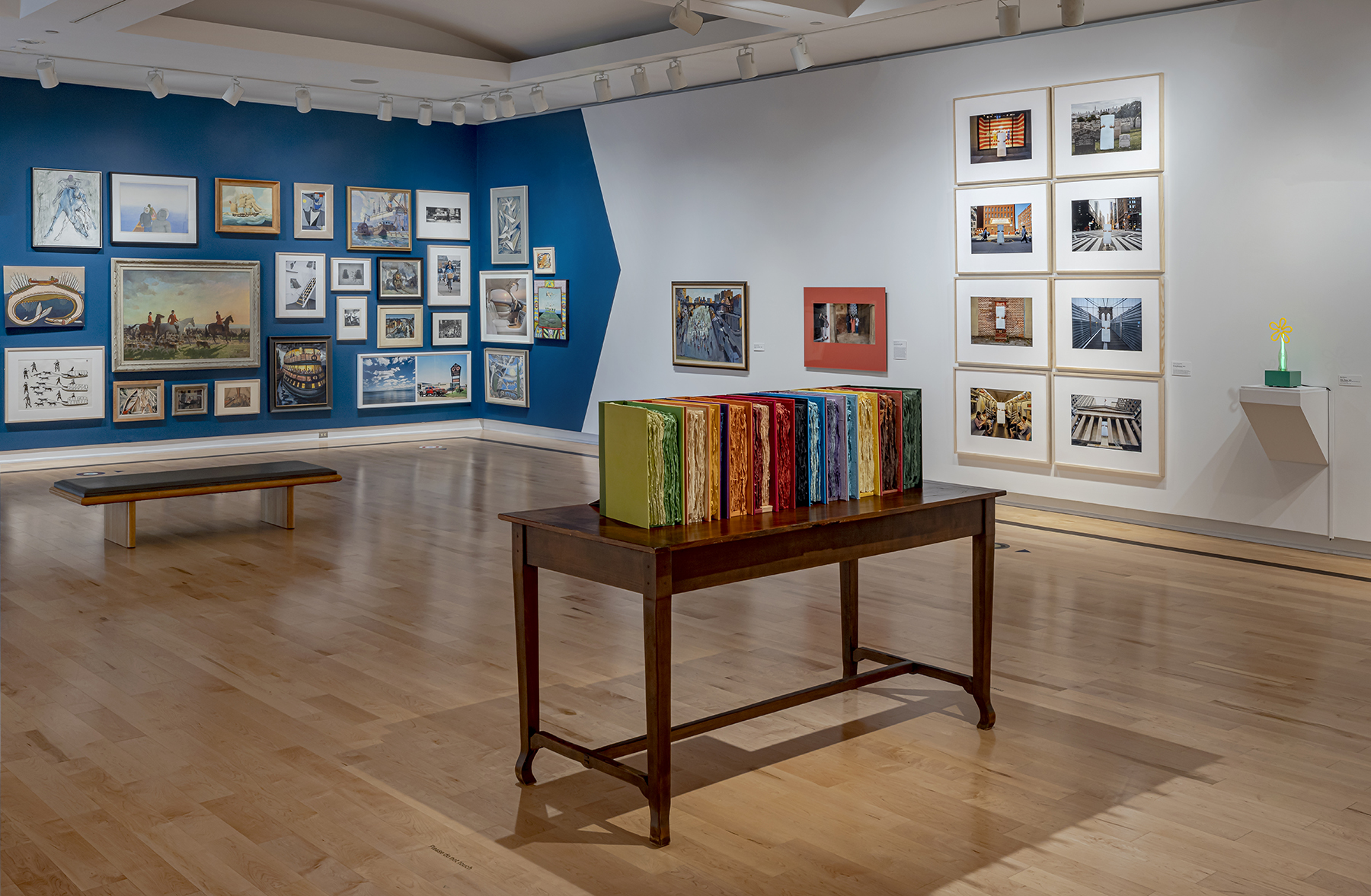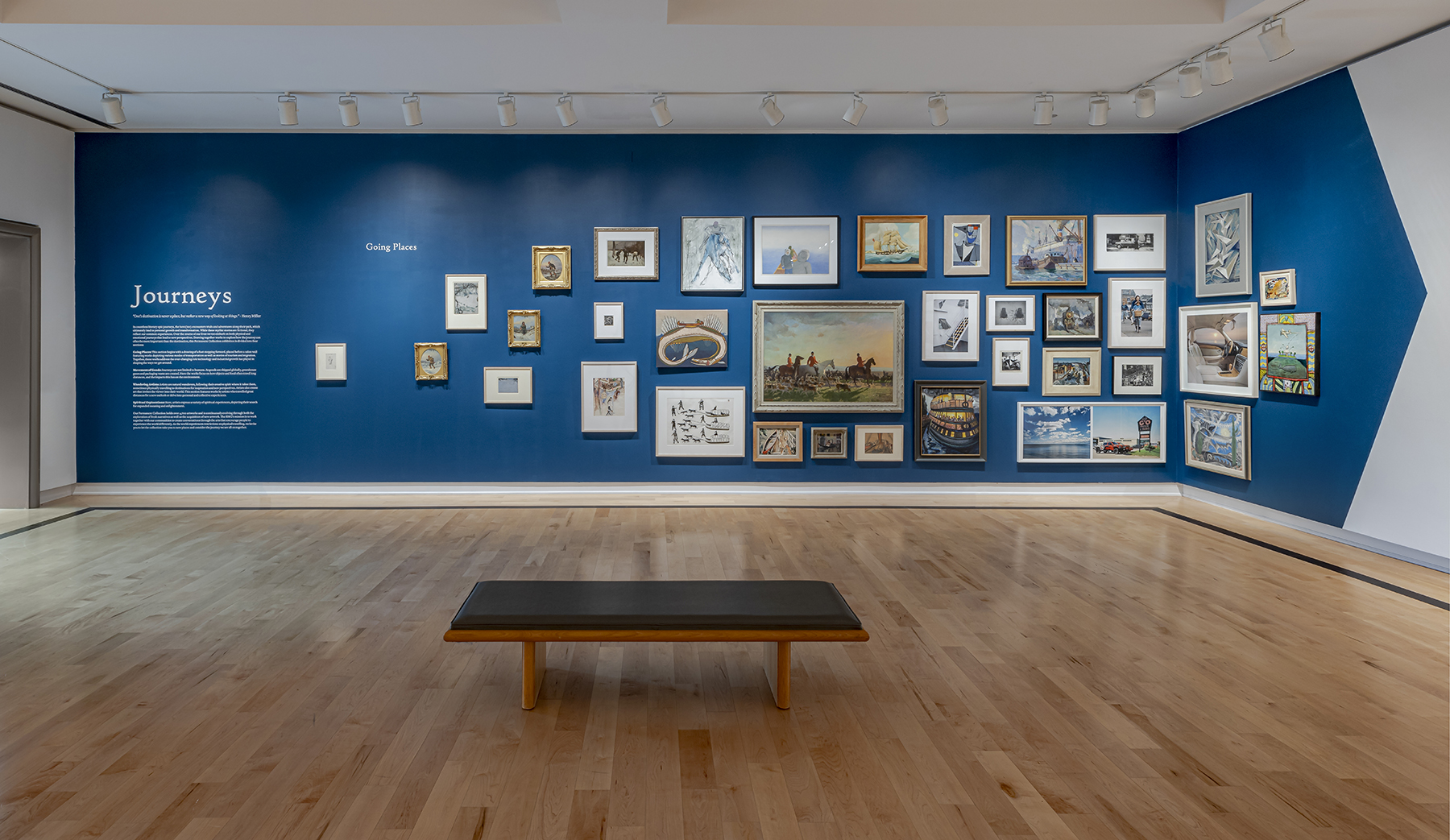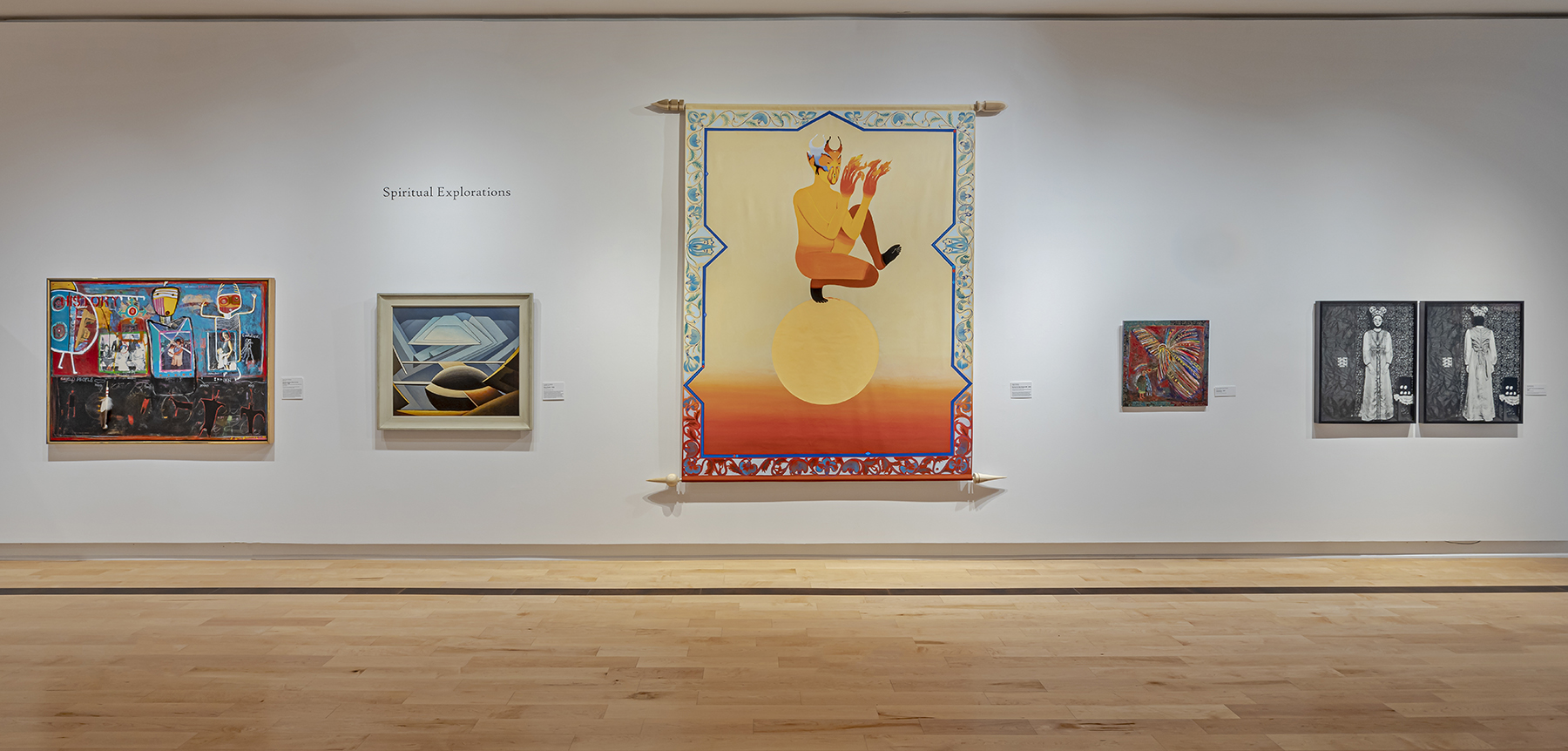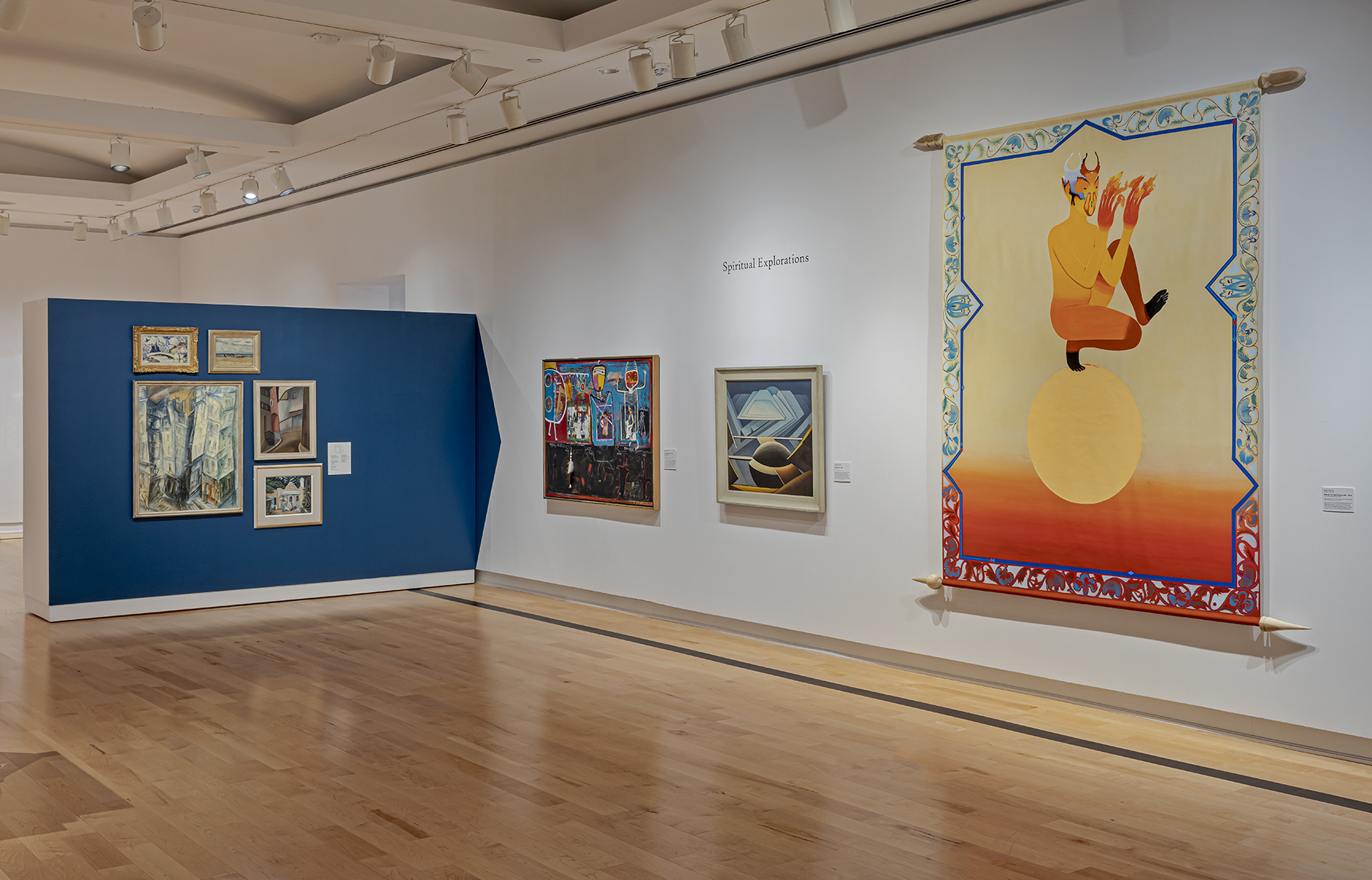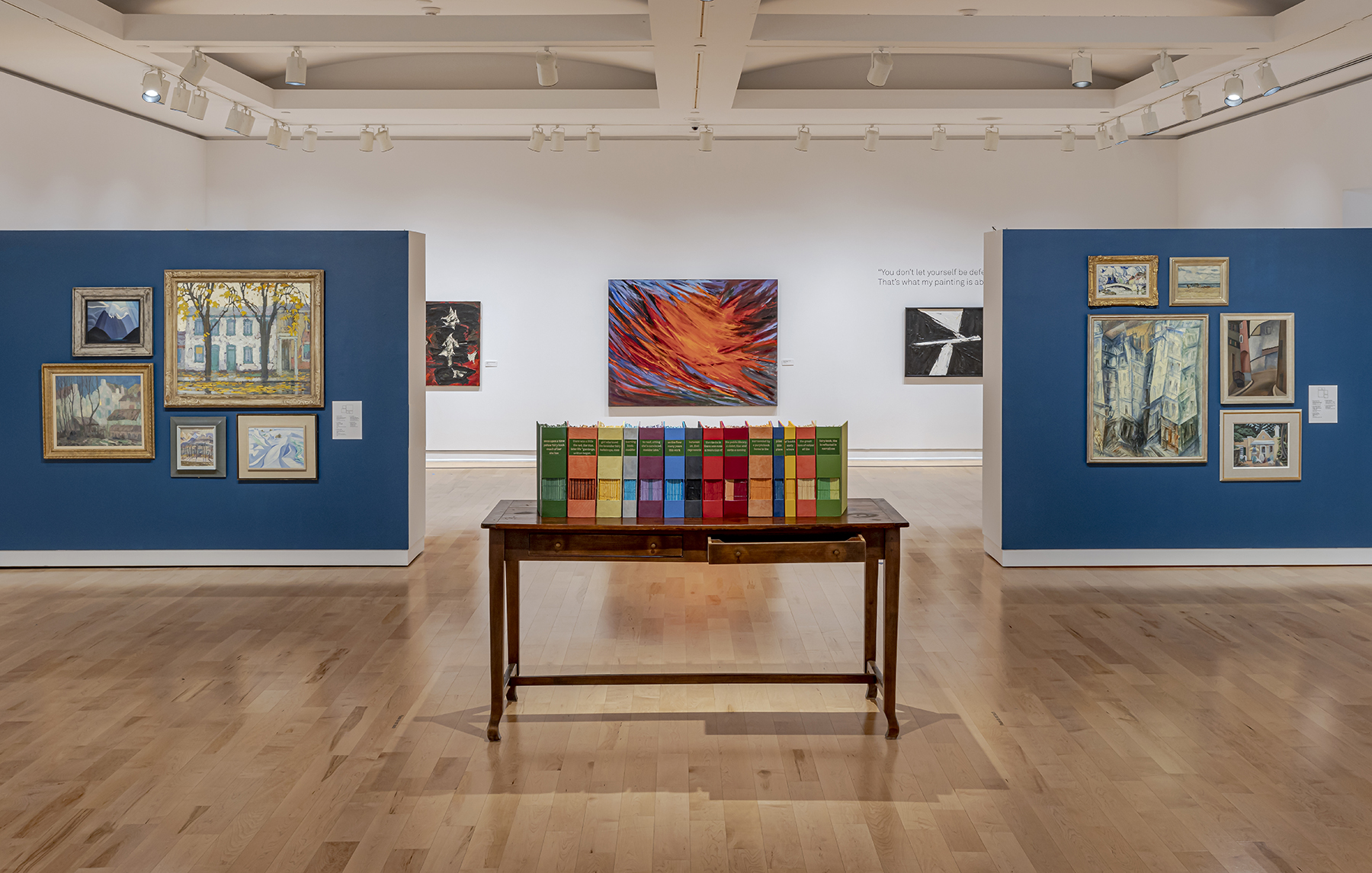Since the late 19th Century, Oshawa’s shores along Lake Ontario, that currently make up Lakeview Park, have been a popular summer destination. This year marks the 100th anniversary of Lakeview Park. Presented in partnership with the Oshawa Museum, this exhibition features historical photographs from the Thomas Bouckley Collection, looking back at the park’s rich history. Presented in tandem with the Oshawa Museum’s online exhibition Lakeview Park Oshawa, together these shows capture many important milestones of the last century in the park: www.lakeviewparkoshawa.wordpress.com
Part of the traditional hunting grounds of the Mississaugas of Scugog Island, the land in this area was divided after the arrival of European and American settlers in the late 1790s. In 1840, the first efforts were made to develop the Oshawa Harbour with the construction of the pier and breakwaters by the Sydenham Harbour Company. The opening of the Harbour brought further settlement along the lake, including the construction of the homes that comprise the current Oshawa Museum.
As early as 1890, the area by the lake, referred to more generally as “Oshawa-on-the-Lake,” was used for summer recreation. In the summer, the Oshawa Railway ran an open aired streetcar from downtown to the lake, that transported beachgoers with 11 trips per day for a fare of 5 cents. In 1920, the McLaughlin family purchased the 44 acres of lakefront property in the name of General Motors of Canada. On July 16, 1920, General Motors then sold the land to the Town of Oshawa for $1, contingent that the land become a public park. While the area along the lakeshore had long been used as a park, this gift made the area public parkland and accessible to all. The name, Lakeview Park, was selected from approximately 240 submitted names and officially opened in late September. The occasion was presided over by Mayor Stacey and was marked with live music and free transportation to the park from the Oshawa Railway.
Lakeview Park has been enjoyed by citizens of Oshawa and beyond for over a century, and as we look back at its history to celebrate its 100th birthday, we are reminded of summer days gone by, cold wintry winds off the lake, and are filled with excitement for the future of this waterfront park.



















